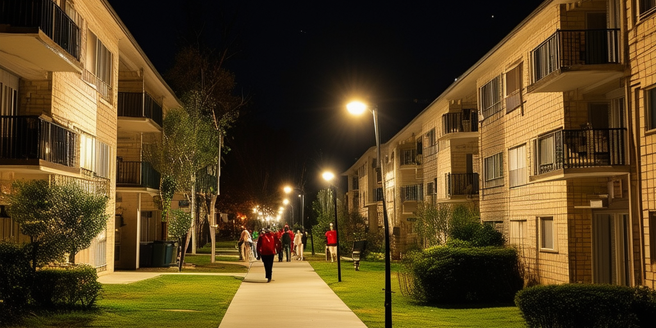Understanding Public Housing Authorities
Public Housing Authorities (PHAs) are local agencies that administer public housing programs. They operate within the framework of federal regulations and local housing needs. PHAs are responsible for providing safe, decent, and affordable housing to low-income families. In addition, they ensure that housing policies meet the specific needs of their communities. They manage various types of housing assistance, including subsidized housing projects and voucher programs. These agencies are crucial in mitigating the challenges faced by low-income households. Additionally, PHAs frequently conduct assessments to improve their services. They also provide educational resources to tenants about maintaining their homes. By working closely with community organizations, social services, and local governments, PHAs play a vital role in addressing housing shortages and promoting community development.
The History and Evolution of Public Housing
Public housing in the United States has seen significant transformations since its inception in the 1930s. Initially designed to alleviate the severe housing shortages caused by the Great Depression, public housing programs expanded over the decades. Post-World War II, the focus shifted towards urban renewal and fighting blight, resulting in the construction of many high-rise public housing projects. However, these high-rise projects often became synonymous with concentrated poverty and crime. Recognizing these issues, policymakers began exploring alternative models to improve living conditions. In the 1970s, policy reforms aimed at deinstitutionalizing public housing led to the introduction of voucher systems and mixed-income developments. These changes reflect ongoing efforts to adapt public housing to evolving community needs.
Key Responsibilities of Public Housing Authorities
Public Housing Authorities are tasked with a variety of responsibilities to ensure effective housing management. These include the administration of rental assistance programs, the maintenance of housing properties, and the enforcement of housing standards. PHAs must also manage tenant relationships, address grievances, and ensure compliance with both federal and local housing regulations. Effective communication with tenants is crucial in fostering a positive living environment. Staff training and development play a significant role in achieving these goals. Effective management also requires staying up-to-date with regulatory changes and best practices. Additionally, PHAs often provide supportive services like job training, financial counseling, and resident engagement programs, partnering with other agencies to enhance the well-being of their communities.
Challenges Faced by Public Housing Authorities
Public Housing Authorities face numerous challenges in their efforts to provide safe and affordable housing. One of the primary obstacles is funding limitations, which can affect the maintenance and development of housing units. Additionally, PHAs must navigate complex regulatory environments and cope with bureaucratic inefficiencies. The increasing demand for affordable housing, coupled with aging infrastructure, poses further strain on resources. In the face of these difficulties, innovative solutions and partnerships are becoming increasingly necessary to meet the needs of communities. New technologies and modern construction methods may offer some relief to these problems. PHAs also contend with socio-economic issues such as poverty, unemployment, and crime, which can impact both residents and the broader community.
The Future of Public Housing Policies
The future of public housing policies will likely focus on sustainability, innovation, and community integration. With growing awareness of environmental issues, there is a push towards green building practices and energy-efficient housing. Innovative funding models, such as public-private partnerships, are expected to play a significant role in addressing financial constraints. New policies may also incorporate advanced data analytics to optimize resource allocation and improve service delivery. Collaborations between technology firms and housing authorities might also bring new solutions to the table. Furthermore, integrating supportive services and creating mixed-income communities aim to promote social inclusion and economic mobility. Policymakers and PHAs will need to collaborate closely to adapt to these changing dynamics and continue to meet the housing needs of vulnerable populations.



